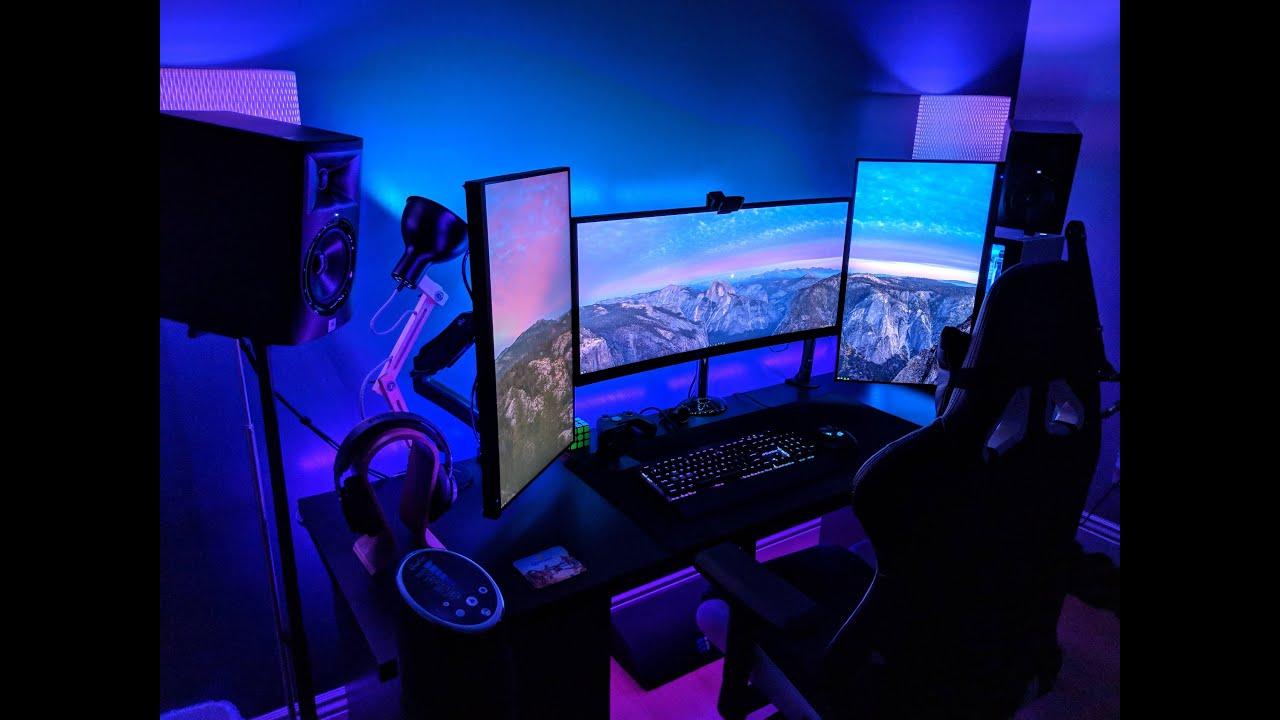Nowadays, gaming has become one of the popular hobbies of people so the demand for high-quality gaming monitors has increased. One of the most important features that gamers should look for in their monitor is a fast response time with good quality. And IPS gaming monitors are best known for their fast response times and their ability to display clear and vivid images. Typically, these display units provide wide viewing angles and accurate color reproduction.
In this article, we’re going to explore what a 1ms response time means, how it affects gaming performance, and what factors you should consider when choosing a gaming monitor with a 1ms response time.
What is Response Time?
- Response time refers to the time it takes for a pixel to change from one color to another.
- A lower response time means that the pixels can change colors more quickly, resulting in less motion blur and better image quality.
- The response time is measured in milliseconds (ms), and in the case of gaming monitors, a lower response time is better.
Why is response time important for gaming?
When it comes to gaming, a fast response time is essential for a smooth and immersive gaming experience. Slow response times can lead to blurred images, which can make it difficult to see moving objects or react quickly in fast-paced games. This problem occurs when the previous image is still visible as a faint image on the screen, while motion blur occurs when the image on the screen appears blurry or smudged during fast movement.
1ms Response Time
A 1ms response time is considered the gold standard for gaming monitors, as it provides the lowest possible response time available. Monitors with a 1ms response time can change colors at a rate of one millisecond, resulting in minimal motion blur.
However, it's worth noting that a 1 ms response time is not the only factor that affects gaming performance. Other factors, such as the refresh rate, resolution, and input lag, also play a significant role in determining how well a gaming monitor performs.
Factors to Consider while Choosing a Gaming Monitor with 1ms Response Time
Refresh Rate
- The refresh rate refers to how many times per second a monitor can update the image on the screen.
- A higher refresh rate can result in smoother and more responsive gameplay, as the monitor can display more frames per second.
- A refresh rate of 144Hz or higher is recommended for gaming monitors with a 1ms response time.
Resolution
The resolution of a monitor determines how many pixels are displayed on the screen. A higher resolution can provide sharper and more detailed images, but it can also require a more powerful graphics card to run smoothly. For gaming monitors, a minimum resolution of 1080p is recommended.
Panel Type
There are three main types of monitor panels: TN, IPS, and VA.
- TN panels are the most common and provide the fastest response times, making them ideal for gaming.
- IPS panels offer better colour accuracy and wider viewing angles, but they have slower response times.
- VA panels offer the best contrast ratios but can suffer from ghosting.
Input Lag
Input lag refers to the delay between the time a user inputs a command and the time it appears on the screen. A lower input lag can result in more responsive gameplay and faster reaction times. Look for a gaming monitor with an input lag of less than 10ms.
Additional Features
Some gaming monitors come with additional features, such as G-Sync or FreeSync, which can help eliminate screen tearing and stuttering. Others may come with built-in speakers or USB ports. Consider what features are important to you and your gaming setup when choosing a monitor.
Is 1ms Response Time associated with IPS?
A 1ms response time is a common feature of gaming monitors, but it is not typically associated with IPS (In-Plane switching) monitors. IPS monitors generally have slower response times compared to TN (Twisted Nematic) or VA (Vertical Alignment) panels.
However, there are some newer IPS gaming monitors with faster response times that can provide a smoother gaming experience. These monitors often use advanced technologies such as overdrive, which helps to reduce motion blur and ghosting.
It's worth noting that a fast response time alone does not necessarily make a monitor great for gaming. Other factors such as refresh rate, input lag, color accuracy, and contrast ratio are also important considerations when choosing a gaming monitor.
Conclusion
A 1ms response time is one of the important features to consider when choosing a gaming monitor, as it can help reduce motion blur and ghosting. However, it's also essential to consider other factors, such as the refresh rate, resolution, panel type, input lag, and additional features.


